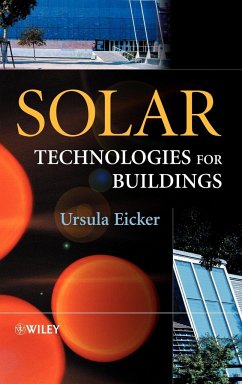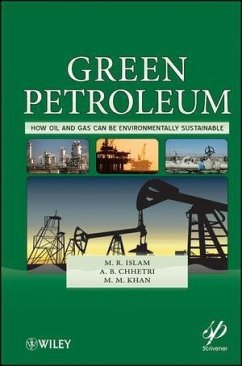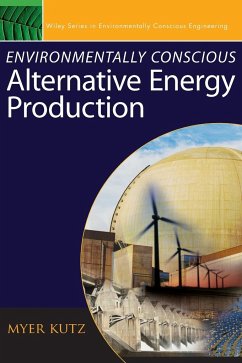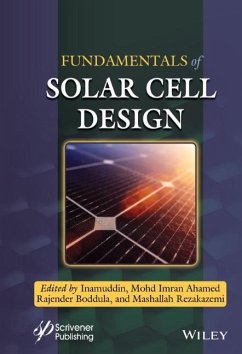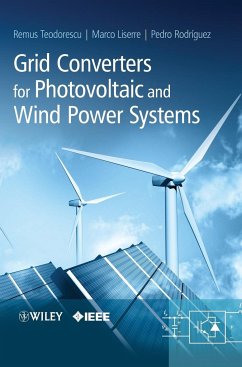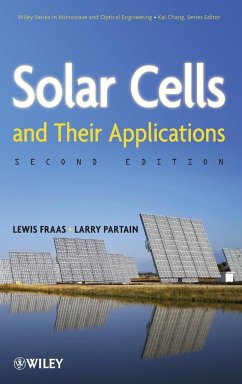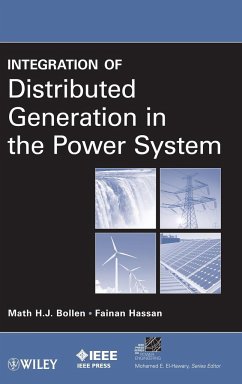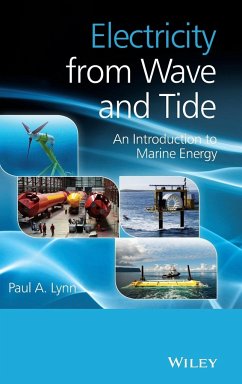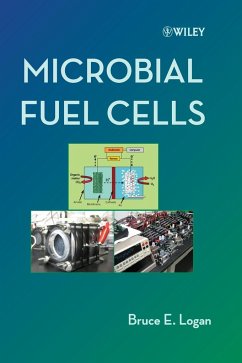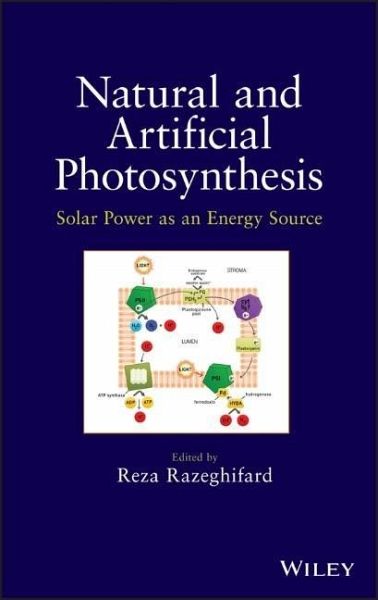
Natural and Artificial Photosynthesis
Solar Power as an Energy Source
Versandkostenfrei!
Versandfertig in über 4 Wochen
134,99 €
inkl. MwSt.
Weitere Ausgaben:

PAYBACK Punkte
67 °P sammeln!
This technical book explores current and future applications of solar power as an unlimited source of energy that earth receives every day. Photosynthetic organisms have learned to utilize this abundant source of energy by converting it into high-energy biochemical compounds. Inspired by the efficient conversion of solar energy into an electron flow, attempts have been made to construct artificial photosynthetic systems capable of establishing a charge separation state for generating electricity or driving chemical reactions. Another important aspect of photosynthesis is the CO2 fixation and t...
This technical book explores current and future applications of solar power as an unlimited source of energy that earth receives every day. Photosynthetic organisms have learned to utilize this abundant source of energy by converting it into high-energy biochemical compounds. Inspired by the efficient conversion of solar energy into an electron flow, attempts have been made to construct artificial photosynthetic systems capable of establishing a charge separation state for generating electricity or driving chemical reactions. Another important aspect of photosynthesis is the CO2 fixation and the production of high energy compounds. Photosynthesis can produce biomass using solar energy while reducing the CO2 level in air. Biomass can be converted into biofuels such as biodiesel and bioethanol. Under certain conditions, photosynthetic organisms can also produce hydrogen gas which is one of the cleanest sources of energy.





